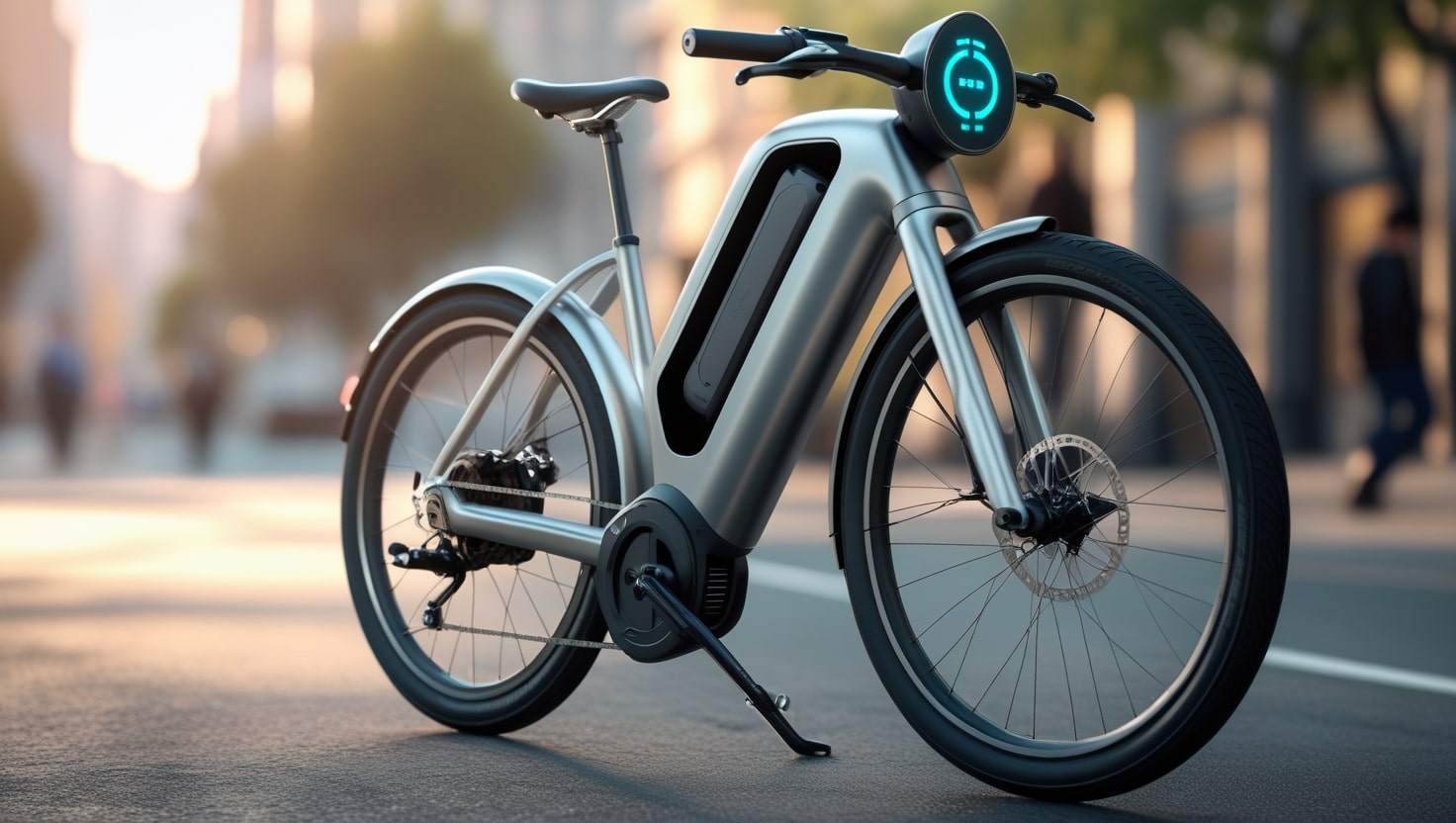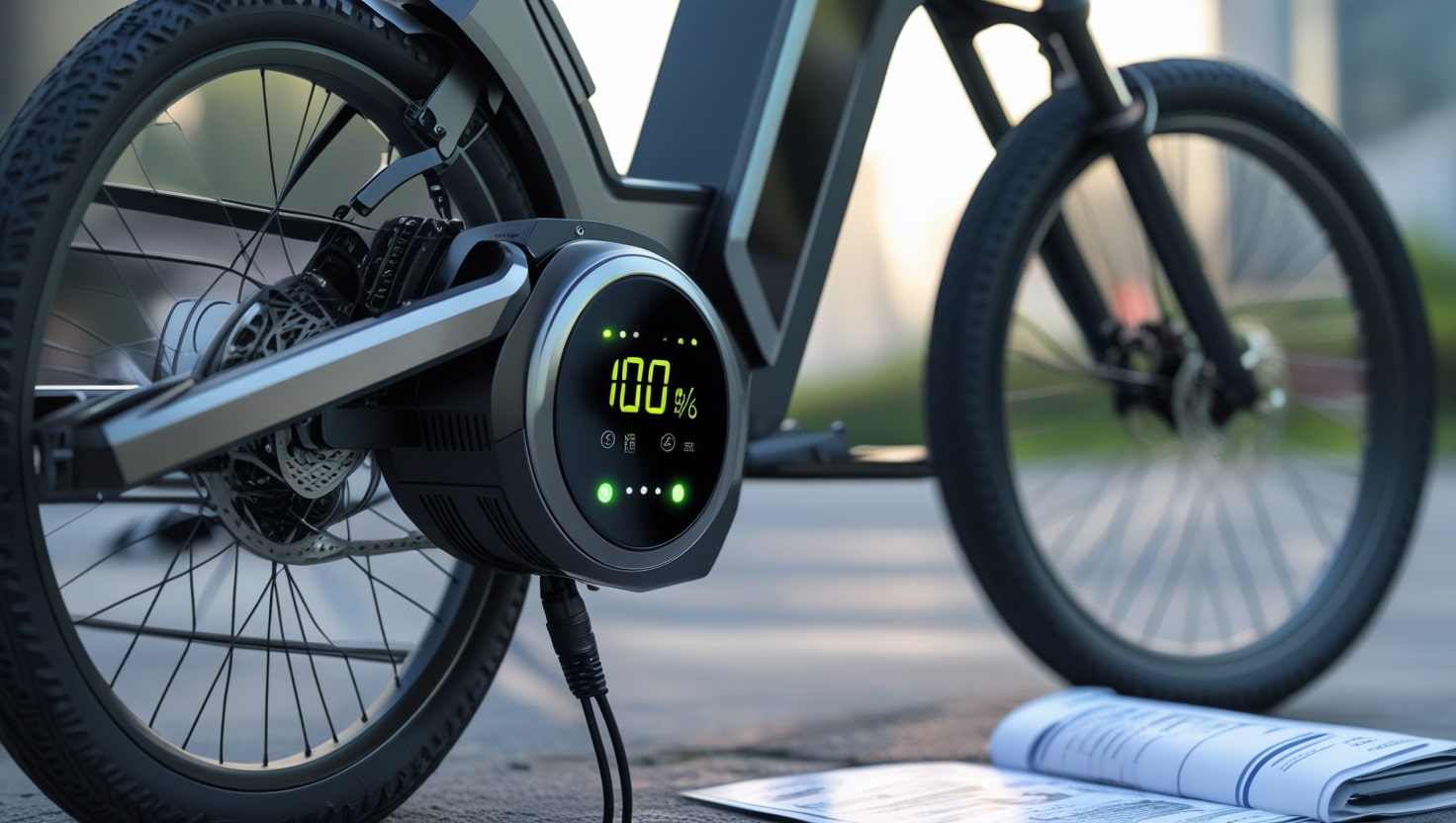As someone who depends on their e-bike for daily commutes and weekend adventures, I know firsthand how frustrating it can be when the battery starts acting strangely. Whether you’re noticing weird readings on the display, poor performance, or a flashing error, don’t start panicking or rush to buy a new one just yet. Sometimes, a simple reset is all it takes to clear those cryptic codes or fix a charging glitch. In fact, I’ve had moments when my ride felt like it was dying, only to bring it back to life by resetting the battery properly.
From my experience, knowing how to reset e-bike battery can be a game-changer. The batteries are the heart of the powering system, and if you’ve lost range or power, a good reset might just recalibrate and solve those hidden issues. You don’t need to be a tech wizard either—just follow a clear guide that helps you act quickly and effectively. Over time, I’ve learned that even small things, like cryptic flashes on the display or sudden drops in charge, can be reversed with proper steps.
Method 1: Soft Reset via the Display Console
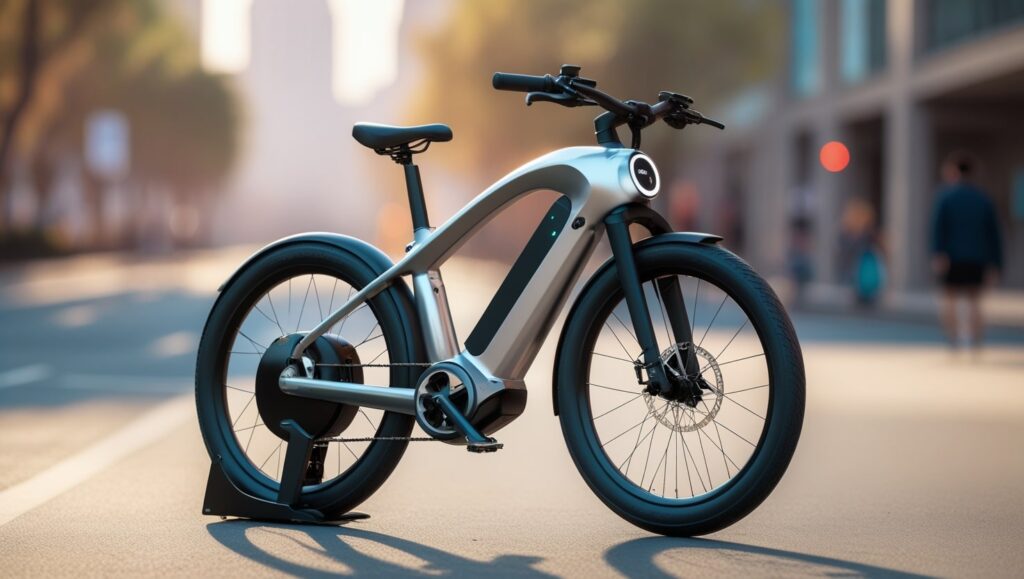
If you’ve ever had your e-bike show wrong battery readings, don’t stress—it happens to the best of us. One of the easiest ways to handle this is by using a soft reset through the display.
Most modern e-bikes come with a built-in feature that allows you to reset the battery right from the settings. I’ve personally found this method reliable when my system felt off or laggy. Just turn the bike off, wait a few seconds, then turn it back on and access the display settings.
Look for an option like “factory reset” or “reset” and follow the on-screen prompts to confirm. Once it’s done, the battery management system (BMS) will recalibrate to start fresh, which really helps in clearing up small issues. After that, just restart your bike, and you’re good to go.
Method 2: Battery Disconnect Method
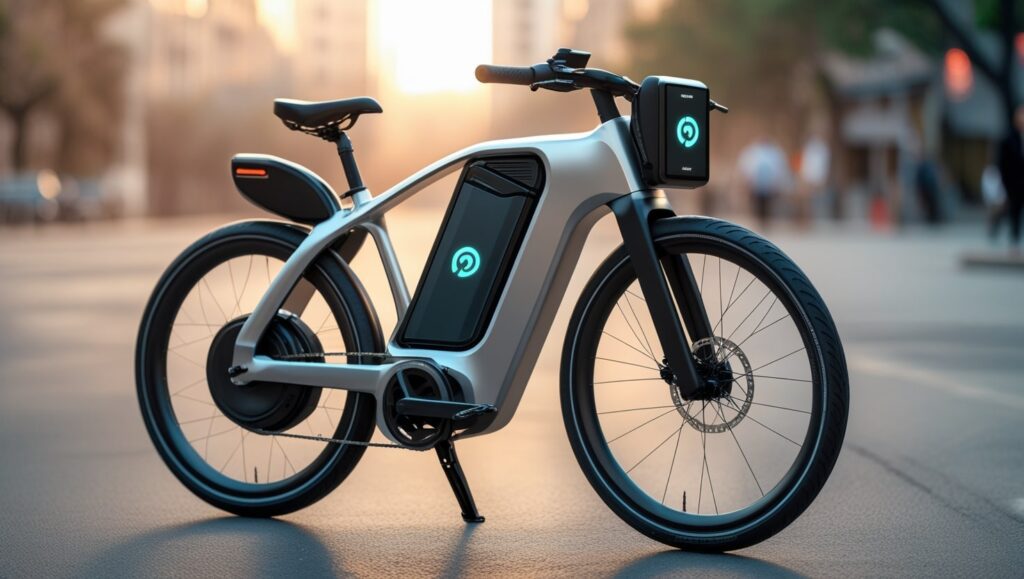
If your e-bike doesn’t have a reset option on the display, don’t worry—you can still go for a manual reset, which I’ve personally used more than once. It’s a surprisingly quick fix. First, make sure to power the bike off completely. Then, remove the battery from its compartment. Be gentle, especially if the fit feels snug, so you don’t damage any connections.
Once you’ve disconnected the battery, just leave it physically out for around 5–10 minutes. After that, pop the battery back in, making sure it’s securely connected. When everything’s in place, turn the power on again and check if the issue has been resolved.
Method 3: Manual Reset with a Button
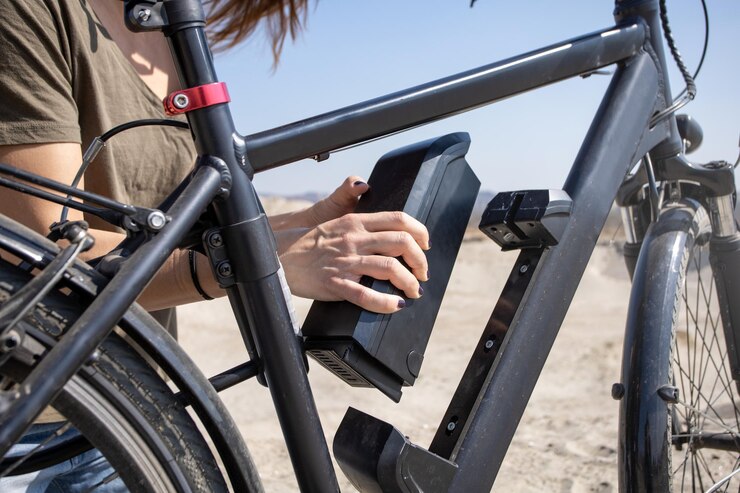
Some e-bikes, especially electric models like dirt bikes, come with a built-in reset button on the battery pack, which I’ve found incredibly useful. When my system started acting up, instead of going through menus or trying to physically remove the battery, I simply used this straightforward trick. First, locate the button—your user manual can help if you’re unsure. Then, press and hold it for about 10–20 seconds.
Then let go of the button and simply wait for a short while. This is one of the most fast and reliable ways to reboot your system without needing to touch the settings.
Method 4: Full Discharge and Recharge Cycle

When my e-bike started acting a bit wonky, one trick that brought it back to life was doing a complete drain and recharge. I’d noticed inaccurate charge levels, occasional cutting out, and a drop in overall performance. So I decided to ride until the battery was fully drained, something I had planned ahead to avoid getting stuck far from home. Once it was completely empty, I plugged it in and let it get a full charge with zero interruptions.
This process really helps to recalibrate the BMS, especially when the system seems off. After charging it up, I did a test ride, and the performance definitely improved. If your e-bike isn’t responding well to quick resets or buttons, this method gives the battery a fresh start.
Method 5: Resetting the BMS Internally (Advanced)

If you’ve tried the usual fixes and are still facing issues, there’s a more advanced option—reset the BMS internally. I’ve done this once on my older e-bike, but I’d only recommend it if you’re truly confident and know your way around electronics. Start by carefully opening the battery enclosure or casing—and remember, this could void your warranty or cause damage if not done right. If in doubt, it’s best to consult a professional.
Once open, locate the BMS wiring harness and disconnect it while the battery is still charging. After a brief wait, reconnect the harness and then reassemble the unit. Finally, turn the power back on and see if that fixed the issue.
Method 6: Using Diagnostic Tools
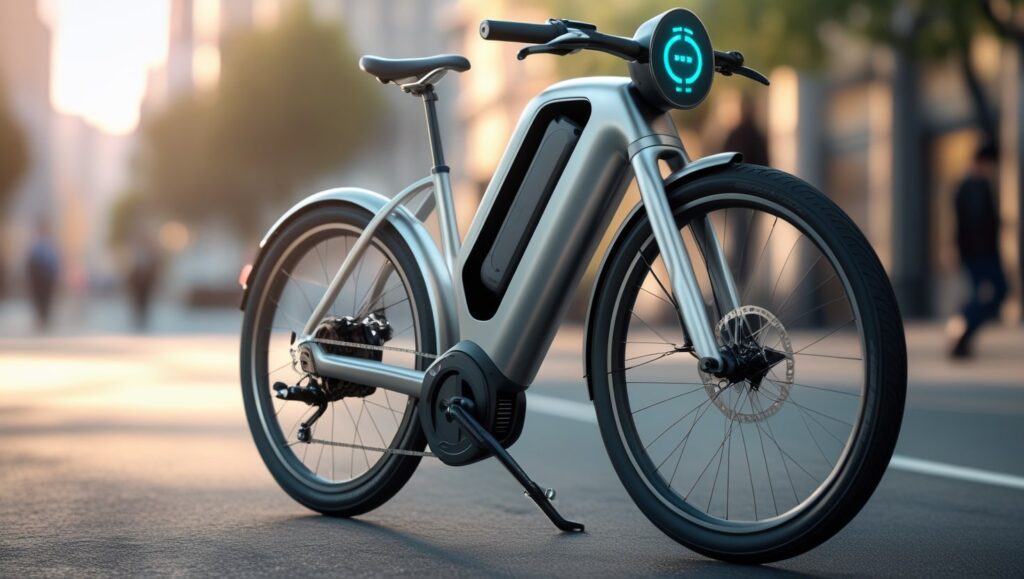
Some e-bike manufacturers offer specialized diagnostic tools that you can plug directly into the bike. I’ve used these a few times at a repair shop when dealing with hardcore issues that basic resets couldn’t fix. When necessary, these tools can update the firmware, run thorough diagnostics, and even do a complete BMS reset. This method is ideal if you’re working with a technician or have access to advanced support—it’s not typically needed for minor problems, but it’s a powerful backup when nothing else works.
Bonus Tip – Firmware Updates
Before diving into complex fixes, sometimes a simple firmware update is all you need. Many manufacturers release regular updates to fix bugs and improve battery performance. I’ve had my bike start acting strangely, and a quick check with the manufacturer showed there was an update available. Just follow their instructions to install the latest version—it’s quick, easy, and often overlooked.
E-bike Battery Maintenance Tips
Many problems can be resolved by resetting your battery, but maintaining regular maintenance is just as important to extending its lifespan. To get the most out of your battery, try these easy habits:
Avoid draining the battery too much: Try to avoid letting your battery dip below 30-40%, as frequent deep dips can cause unnecessary strain on the cells and reduce long-term performance. I always try to recharge my e-bike before it drops too low to preserve battery life.
Keep it cool: Especially during the summer, keep your batteries in a cool, dry place. Heat is the worst enemy of batteries—extreme temperatures can seriously affect performance and even cause long-term damage.
Check for damage: I regularly inspect and check my battery for signs of wear and tear, damage, or anything unusual. Make sure to clean the contacts and connections, and take a close look at the casing to catch problems early.
Partial charge for storage: If you’re putting your battery into storage, like over the winter, don’t leave it fully charged or fully discharged. Instead, aim for a partial charge, somewhere between 30-60%. Batteries degrade when left like that for too long, so this tip helps preserve their health.
What to Do After Resetting the Battery
Once you’ve completed the reset, it’s important to power on your e-bike, charge the battery fully, and check the readings on the display. After that, go for a short test ride and monitor how the motor responds and how long the charge lasts—this part tells you whether the reset worked or not.
If anything’s still acting up, don’t panic. You can simply repeat the reset process again and see if things improve. In some cases, if the issue doesn’t go away, it might be time to contact the manufacturer for help. A proper test is just as essential as the reset itself—it confirms that your bike is truly back in good shape.
Why You Might Need to Reset Your E-Bike Battery?
Resetting your e-bike’s battery becomes crucial in several situations. We’ll discuss some of the more common ones below.
1. Battery Not Charging Properly
If you’ve noticed charging issues with your e-bike, doing a battery reset can often resolve the problem. A full reset triggers the battery management system (BMS) to get re-calibrated, which can re-align inaccurate charge readings with the battery’s actual capacity. I’ve used this fix myself after a ride when my display showed incorrect levels, and it brought the system back to optimal performance within minutes.
2. Error Messages on the Display
Sometimes, the display throws strange error messages that make users believe something is wrong with their bike—but these alerts can be misleading. In such cases, a battery reset helps to check whether the errors are real or just false alarms. This process helps reinitialize the BMS, clear any lingering faults, and resolve unexpected malfunctions that confuse diagnostics.
3. Reduced Range or Power
If your electric bike suddenly can’t travel as far as it used to, or the range seems affected, that could point to a malfunction in the e-bike battery. Resetting it back to factory settings may re-calibrate the BMS, eliminate hidden anomalies, and get the system resolved.
4. Battery Calibration
Proper battery calibration is key to knowing exactly how much power you have left. It’s a good idea to reset your e-bike battery to ensure that your charge level readings remain accurate. Over time, even the indicator can drift away from showing the actual capacity, leading to poor ride planning. A reset brings back precise readings of remaining power, improving optimal performance and reliability over time.
Related: Where to Put Peloton Bike
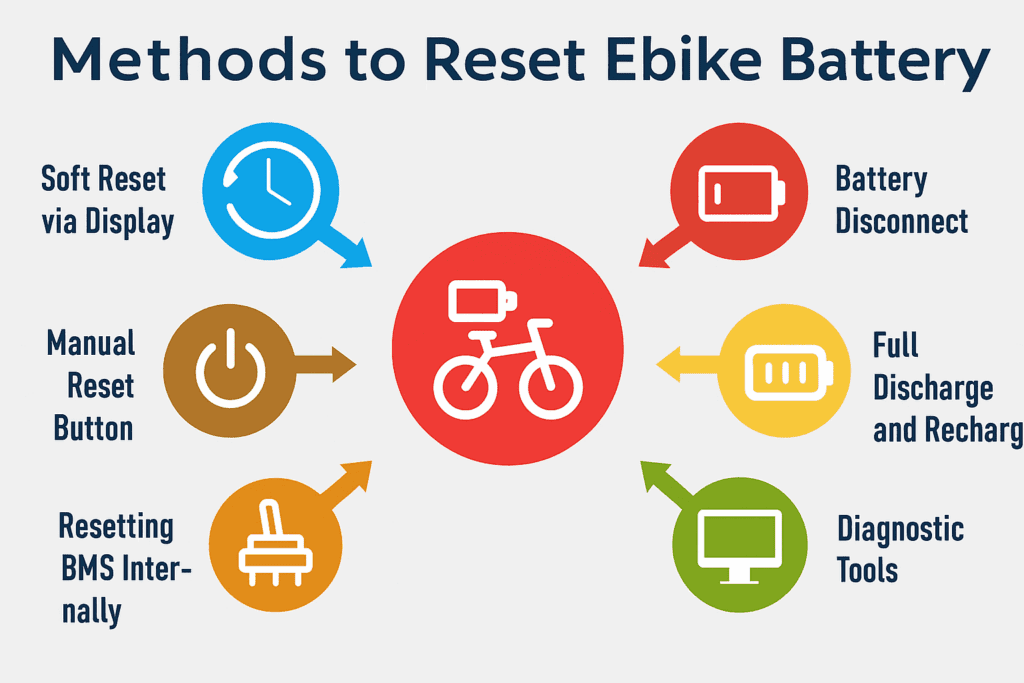
What Is the Battery Management System (BMS)?
The Battery Management System (BMS) is a built-in circuit inside your e-bike that works like the brain of the battery. It monitors battery activity and protects it to ensure it runs safely and efficiently. The BMS offers constant protection by keeping things like overcharging, overheating, and deep discharging in check—all of which can cause serious damage or make the battery unsafe. This smart system also prevents battery issues by helping to balance the battery cells so they charge evenly over time.
If your electric bike isn’t performing like it used to, that could be a sign the battery cells are out of sync. A reset can often help fix this and bring back better range. The BMS also plays a role in tracking battery health, offering diagnostics and useful data through your screen or display.
How to Check If Your E-Bike Battery Has a BMS?
Check the user manual: Flip to the battery section of your user manual and check if it mentions BMS or Battery Management System—some brands list it clearly.
Look at the battery label: Many batteries include technical info right on the battery label, and you might spot the words Battery Management System or just BMS in the listed specs.
Visit the manufacturer’s website: Head to the manufacturer’s website and go through the tech specs or detailed battery information page—they often provide complete breakdowns of what’s inside the battery.
Check for a reset button: Some BMS-equipped batteries include a small reset button for manual resets, usually tucked into the casing. Look closely near any button on the housing.
Wrapping Up
Resetting your e-bike battery isn’t as intimidating as it may seem. With a little patience and by following a few simple steps, you can easily resolve many common issues and bring your battery back to life. Whether it’s a soft reset or a more involved manual reset, just knowing how to do it yourself can save you time, money, and a lot of frustration. From my experience, maintaining your battery regularly also makes your rides more smooth and stress-free, keeping your setup running strong.
FAQs
Will resetting my battery delete ride data?
Your trip data and customized settings are saved separately in the e-bike’s onboard computer or connected app, so resetting the battery won’t remove them. Unless you choose a full system reset, which is a different option, you don’t need to worry about losing anything. Still, it’s always smart to check the manual to see if the reset affects any stored data, especially on newer models that offer deeper system control.
How often should I reset my E-Bike battery?
You don’t need to reset your e-bike Battery Management System (BMS) regularly, but it’s a smart move when you notice charging problems, battery errors, or power drops. I usually do it if my bike has been in storage for several months before going on a long ride, just to recalibrate the BMS and make sure everything’s synced up properly.
Can I reset a built-in battery?
Yes, you can reset a built-in battery, even if you can’t remove it. I’ve had luck with simply turning the bike off and letting it sit for about 10–30 minutes—sometimes, that’s all it takes to clear minor glitches. If that doesn’t help, try to fully discharge and then recharge the battery in one cycle. Some e-bikes even allow resets through the display settings.
Does resetting the battery affect warranty?
Most soft resets won’t affect your warranty, but if you’re attempting advanced fixes like opening the battery casing or modifying the BMS, it could void it. I always check the warranty terms first and contact the manufacturer if the issues persist beyond basic resets.
How do I reset the BMS on a lithium battery?
To reset the BMS on a lithium battery, I’ve found that simply disconnecting it completely and leaving it unplugged for a few minutes usually works well. This short break often clears any minor errors and gives the system time to recalibrate itself. Reconnect the battery after waiting a bit, and you’re ready to ride.
How do I calibrate my e-bike battery?
To properly calibrate your battery, start by giving it a full charge to 100%, then go for a ride until it’s completely drained. After that, charge it all the way back up again. This simple cycle helps the battery management system relearn the actual capacity of your battery, which in turn improves performance and gives more accurate readings.
Why isn’t my e-bike battery working?
If your battery isn’t working, it could be due to a faulty charger or a loose connection somewhere in the system. I’ve run into this before, and the first thing I did was grab a voltmeter to check for low voltage. If the battery shows almost no charge, it may be damaged and might need replacing.

